The requirement to process massive amounts of data is causing problems in the life science industry. Most research labs deal with the difficulty of processing complex data and derive insights from it. The demand for pathology software has never been greater to meet research objectives and reduce time to market. However, selecting the best pathology lab software is a complex process.
We’ve detailed the factors to consider while choosing pathology software to assist you.
AI Readiness
As demonstrated by growing evidence and implementations at prominent laboratories, the era of AI-enabled pathology has arrived, and your laboratory is likely eager to reap the benefits.
You’ll want a platform that integrates a broad portfolio of applications from a range of organisations directly into the routine workflow, keeping in mind that AI solutions in pathology generally handle highly narrow use cases and must be included in regular operations to make an impact. Because many platforms limit the AI solutions you may leverage, you’ll want to complete your research before deciding on one.
After combining the power of AI with pathology software, you will look at something genuinely transformative.
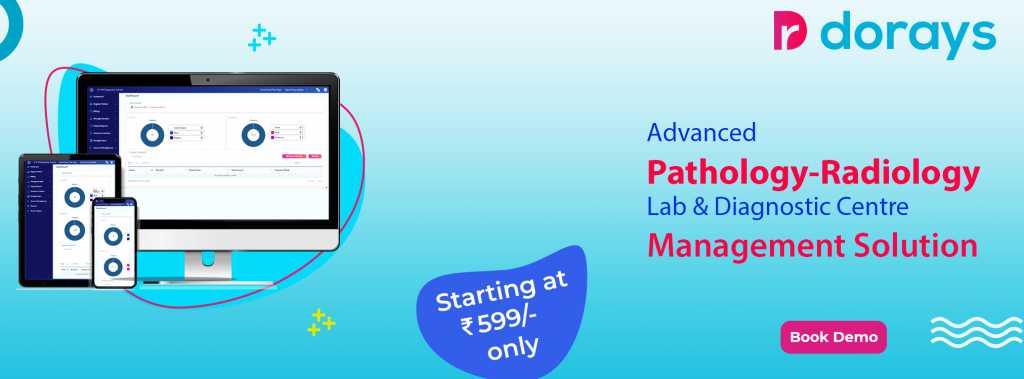
Find your pathology software partner.
While the whole-slide scanner converts your slides to digital, it is the software that allows you to add value and connect with the pathology software system. We recommend deciding on a software partner first because doing so will help you figure out how many scanners you’ll need, what type of workflows you’ll need, and more.
Find a pathology software partner who knows your end goal and can provide all the products and services you need to get there, including the pathology software platform and AI modules, while integrating with your lab technologies.
Ensure that the workflow, picture viewing and management, and collaboration features are all of the highest quality and that the organisation will be there to support you.
Flexibility
All pathology software solutions require some “Configuration” to ensure the system aligns with your procedures and staff. Configuration is customising a system utilising the internal tools provided by the solution to reach the desired effect. Turning a parameter on or off, setting a definition, inputting meta-data, specifying user permissions, and so on are all common uses for internal configuration tools.
In short, the configuration can be done without any programming and by a non-technical resource in most cases. While some prominent pathology software solutions demand so much customisation that they have their unique programming language, 95%t of lab works installations have zero customisation. Customised solutions are more expensive, challenging to maintain, and difficult to support.
Usability
Although usability may appear to be a no-brainer, there are numerous components of usability that are sometimes disregarded. A pathology software solution must meet all of your lab’s needs at its most basic level.
Leading pathology software solutions now include project management, batch, inventory management, compliance, instrument management, staff management, customer management, etc. Ensure it has all of the features you’ll need to manage all elements of your lab’s demands today and in the future.
The terms “look and feel” and “usability” are frequently interchanged. While appearance and feel are vital factors to consider, don’t get too caught up in the aesthetics of a solution. Because what matters is what’s under the hood, and sometimes a great appearance can hide what’s missing beneath. Consider the “look and feel” after finding a suitable functional fit.
Final Thoughts
The COVID-19 pandemic has accelerated the use of pathology software as a required standard for pathology labs in 2022 and beyond.
So there you have it: a complete guide to selecting pathology software. With pathology software’s proven benefits like increased workflow efficiency enhanced collaboration capabilities, implementation is a worthwhile challenge that, once completed, will transform your lab for the better while improving patient outcomes.
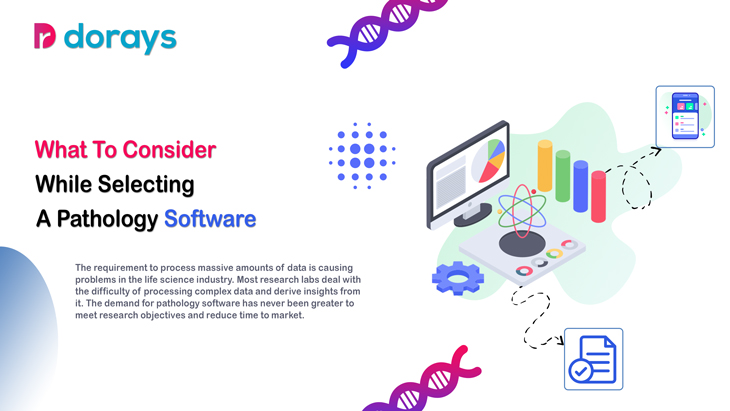
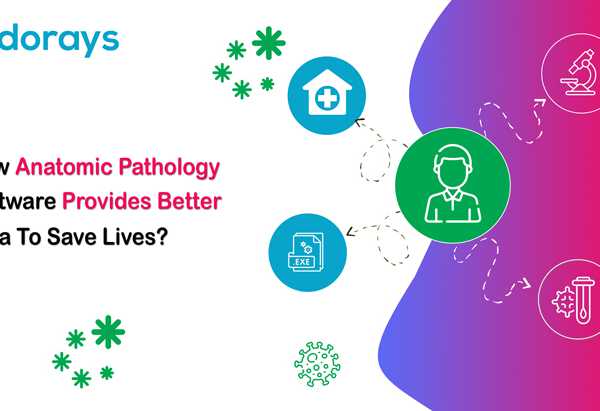
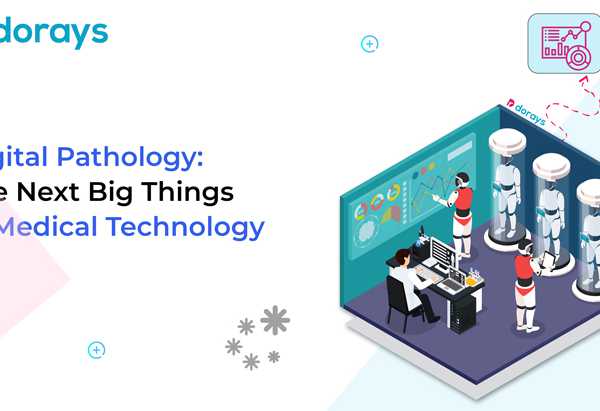
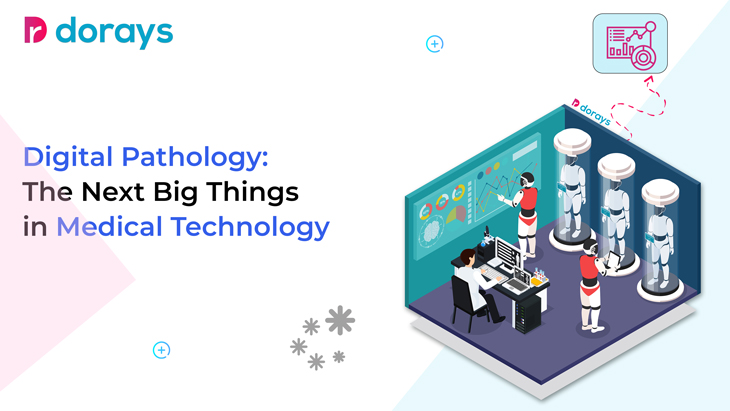

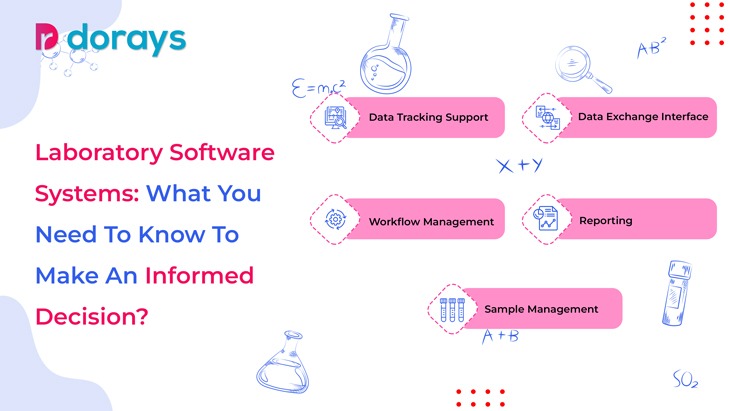
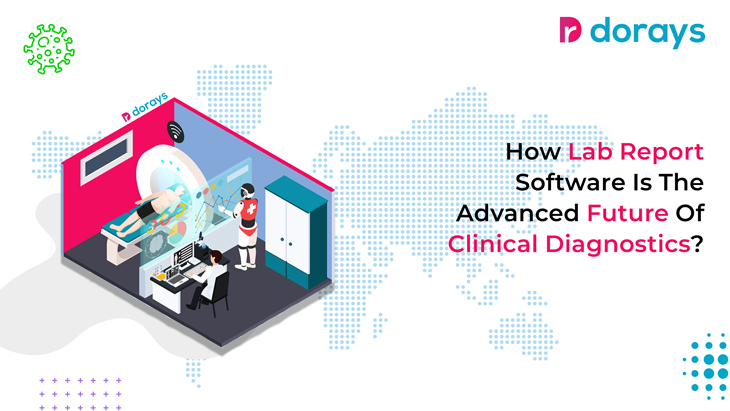
Leave a Comment